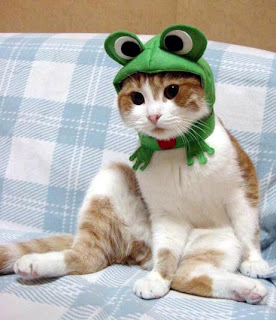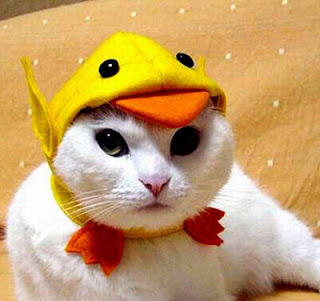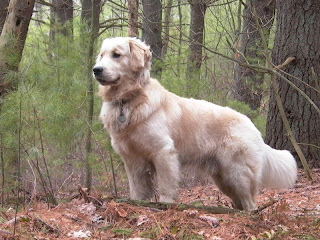
The Golden Retriever
Golden Retriever is a dog breed originally used as hunting dogs and the game makers who had been shot. Golden Retriever dogs were bred as intuitively enjoys the water. When taking a game, they do not bite the rude. The result of prey taken by the Golden Retriever is still intact and undamaged. Wit and cleverness that made the Golden Retriever diverse as multi-purpose dog. Among other things, they are employed as guard dogs children (babysitting for not running in the street and collect children's toys scattered in the park) drug sniffer dogs, rescue dogs (Search and Rescue), Golden Retriever in the police use as a hunting dog, and now blind guide dog. Its friendly, patient, and always wants to please their owners, making the Golden Retriever as one of the most popular family dog ​​in the world.
Golden Retriever breed has a medium body size. The golden retriever has a dense coat in a supply with sufficient warmth. The outer layer is sleek and reject water, and lies flat against the body. Official color breed is different shades of gold is most commonly seen.
English Golden Retrievers
variations on the English Golden Retriever as throughout Europe and Australia, and America, these differences are reflected in the breed standard. Golden Retriever breed Britain has mocong wider and shorter, and the forehead is blockier. English Golden Retriever has short legs, with his chest a little deeper, and short tail. For the English Golden Retriever jantanmemiliki between 56-61 cm tall at the withers and females slightly shorter, ie between 51-56 cm. English Golden Retrievers are generally more severe than the American type. For the eyes of the European species known for their roundness and darkness that are different or skewed triangular composition of their american counterparts. A Golden Retriever British breeding can have a coat color of any shade of gold or cream, however, red or mahogany color is not allowed. Originally cream color not acceptable in standard English, but in 1936 the standard was revised to include cream. It was felt this exclusion was a mistake as the original "yellow" retrievers of the 19th century is lighter in color than the standard time allowed. Like the American lines, white is the color that is acceptable in the show ring. British KC standard is used in all countries with the exception of the United States and Canada. Some breeders of this type in America may import their dogs to improve the temperament and health were recorded in the lineage.
American Golden Retriever
Canadian Golden Retriever
all of which have characteristics that are similar from my coat, head shape, ears, snout and tail are slightly different is the size of them.
- Coat and color Golden Retriever
Golden Retriever meimiliki coat with bright golden color to a dark golden color. Coat and a dense undercoat that allows resistance to water while swimming. American Kennel Club (AKC) standard states that the coat is "rich, lustrous golden of various colors", bans coat very lightly or very dark. As a Golden grows older, the coat can become darker or lighter. together with real whitening hair on and around the muzzle. Puppy coats are usually much lighter than their adult coats, but a puppy with dark coloring on the edge of the ear may indicate a darker adult color. A gold coat it should not be too long, as this could prove to be detrimental to them in the field, especially when taking the game.
A golden retriever at 15 years old
The average life span for a Golden Retriever is 11 to 11A ½ years. [19] [20] Golden Retrievers are susceptible to specific ailments. A Responsible breeders will of proactively minimise the risk of illness by having the health of dogs in breeding pairs Professionally assessed and selected on the basis of complementary traits.
Golden retrievers are known to have genetic disorders and other diseases. Hip dysplasia is common in the breed; Pls buying a puppy, the pedigree Should Be known and be examined by the OFA or by PennHIP for hip disease.

English Cream Golden Retriever

Golden Retriever
Beautiful Pet Dogs


Length and height of the dog type Golden Retriever


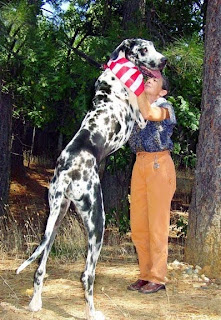


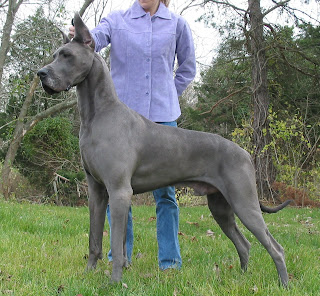

 We’ve all been there. Sometimes the ideas just flow and you have so many variations you rush to jot them down. One idea leads to the next and there are not enough hours in the day to begin, let alone complete the things you want to start.
We’ve all been there. Sometimes the ideas just flow and you have so many variations you rush to jot them down. One idea leads to the next and there are not enough hours in the day to begin, let alone complete the things you want to start.

 Which of the art blogs are the best? It’s subjective depending on the kind of art you are “into”. I enjoy lots of inspiration and find the Blog Rank site a great way of finding blogs that other people think are great too.
Which of the art blogs are the best? It’s subjective depending on the kind of art you are “into”. I enjoy lots of inspiration and find the Blog Rank site a great way of finding blogs that other people think are great too.


